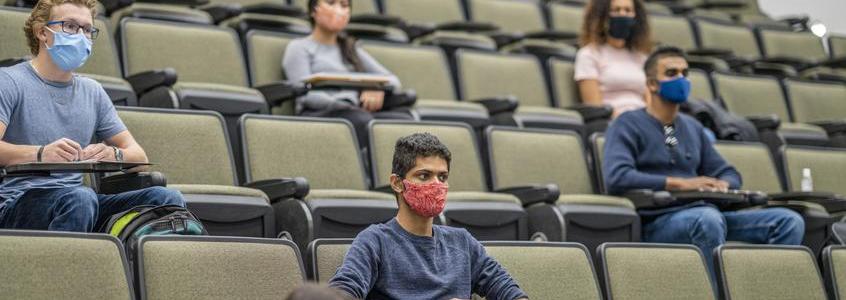
by NSC Blog | Apr 25, 2022 | Research Reports, Research Services, Signature Reports
Watch for the upcoming COVID-19 Transfer, Mobility, and Progress Report, which will be released on Tuesday, May 3, and the Some College, No Credential report will be shared on Tuesday, May 10.

by NSC Blog | Apr 21, 2022 | Reverse Transfer, Transcript & Data Exchange Services
With nearly 400 institutions nationwide participating in the Reverse Transfer service, the Clearinghouse is committed to helping all students receive the degree they have earned.

by NSC Blog | Jan 19, 2022 | Research Reports, Research Services, Snapshot Reports
The COVID-19: Transfer, Mobility, and Progress Academic Year 2021 Report, the sixth in the series, reflects the pandemic’s full-blown impact on postsecondary students.

by NSC Blog | Oct 28, 2021 | Case Studies, Research Reports, Research Services
In spring 2020, when many colleges were scrambling to adapt to remote learning, online mega-universities like Western Governors University thrived.

by NSC Blog | Oct 20, 2021 | Clearinghouse News, Research Reports, Research Services
Learn how some colleges grew their transfer enrollment in 2020-2021 even as numbers were declining nationally by reading, Bucking the Trend: How Some Institutions Grew Their Transfer Enrollment Amid a Pandemic.

by NSC Blog | Oct 5, 2021 | Postsecondary Data Partnership, Research Reports, Research Services
The Research Center’s Executive Director Doug Shapiro provides insight on the center’s role during these unprecedented times and what lies ahead in this question-and-answer post.

by NSC Blog | Sep 7, 2021 | Case Studies, K-12, Research Services, StudentTracker for High Schools Case Studies
Learn how National Student Clearinghouse provides data for college enrollment, persistence, transfer, and completion outcomes for high school graduates from rural and nonrural communities.

by NSC Blog | Aug 31, 2021 | Research Reports, Research Services
This report is the first comprehensive report to assess the effects of the pandemic on student transfer during the entire academic year, in which 2.1 million undergraduate students transferred to a college other than their last enrolled institution between July 2020 and June 2021.

by NSC Blog | Jun 30, 2021 | High School Benchmarking, K-12, Research Reports, Research Services, StudentTracker for High Schools
Listen to NASSP President Ronn Nozoe and the Research Center’s Executive Director Doug Shapiro discuss the impact of COVID-19.

by NSC Blog | Jun 16, 2021 | Current Term Enrollment, Research Reports, Research Services, Signature Reports
COVID-19’s impact on colleges and universities nationwide is solidifying, according to research by the National Student Clearinghouse Research Center.










